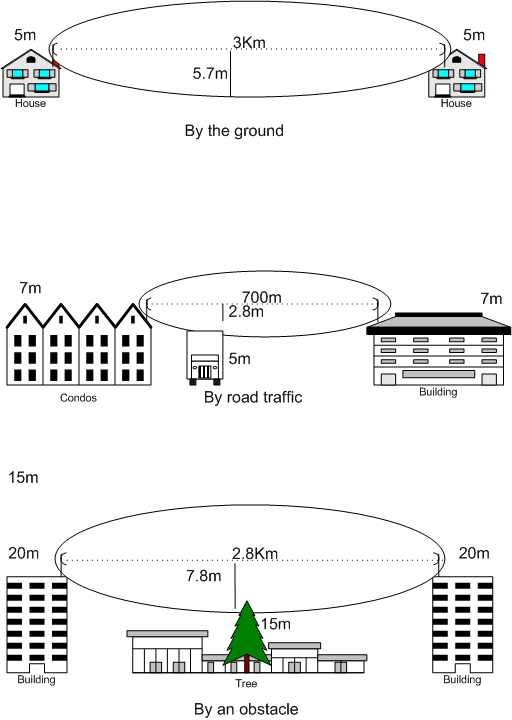Externet
Advanced Member level 2
- Joined
- Jan 29, 2004
- Messages
- 579
- Helped
- 28
- Reputation
- 58
- Reaction score
- 29
- Trophy points
- 1,308
- Location
- Mideast US
- Activity points
- 5,659
Hello.
It always happens, from pixelation to full loss of signal from an antenna that otherwise works very well. It is mounted higher than trees, 30m distant from the nearest ones, which have no leaves this season.
What is the explanation beyond 'trees block signal when move in front of the propagation path' ? What moves are small bare branches. Happens to most channels received from 360 degrees azimuth, happens to different style antennas, happens with antennas in the attic, or long wires, to solidly mounted antennas, directional and omnis. Cannot discern a believable explanaton...
It always happens, from pixelation to full loss of signal from an antenna that otherwise works very well. It is mounted higher than trees, 30m distant from the nearest ones, which have no leaves this season.
What is the explanation beyond 'trees block signal when move in front of the propagation path' ? What moves are small bare branches. Happens to most channels received from 360 degrees azimuth, happens to different style antennas, happens with antennas in the attic, or long wires, to solidly mounted antennas, directional and omnis. Cannot discern a believable explanaton...
